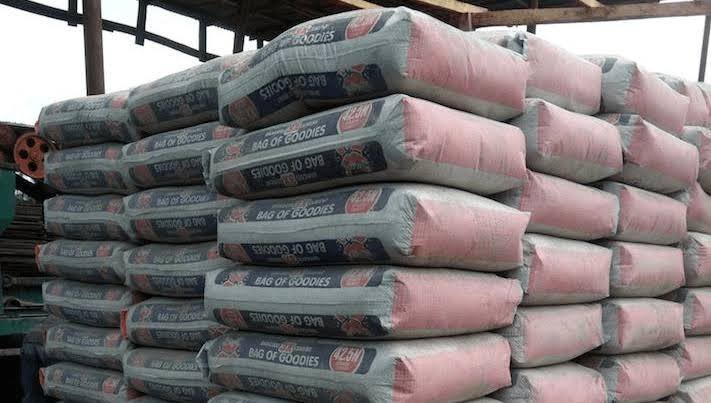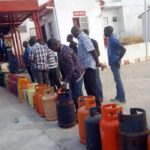Over the recent months, cement prices in Nigeria have surged, putting pressure on builders, developers, and households alike.
Major brands such as Dangote, BUA, and Lafarge are often cited, but price differences across regions and distribution chains make the market complex.
A market review by Naija News reveals that prices vary significantly depending on the type of cement, its intended use, and the manufacturer.
Dangote Cement in Lagos sells for ₦10,300, ₦10,450 in Port Harcourt.
BUA Cement sells for ₦10,200
Lafarge Cement sells between ₦10,200 and ₦10,500
Several interlinked factors are pushing cement prices upward:
Foreign Exchange & Input Cost Pressures
Many raw materials, machinery parts, and spare parts are imported. Depreciation of the naira increases cost burdens on manufacturers, which they often pass to buyers.
Transport, Fuel, and Logistics Costs
Cement is bulky and heavy; moving it over poor roads or long distances inflates costs. Fuel (diesel) prices remain a major operational cost.
Demand Growth & Supply Constraints
With rising construction activity, the demand-side pressure is strong. When supply can’t expand fast enough (or is constrained by capacity, power or raw materials), prices rise.
Regional Distribution & Dealer Margins
Local conditions, such as depot availability, road access, and the number of intermediaries between factory and consumer, cause spatial price dispersion.
Industry Price Strategy & Freeze Agreements
Some manufacturers have publicly committed to “freezing” prices, especially in government contracts, to avoid backlash. But in retail markets, flexibility remains.
Regulatory Pressure & Government Demands
The federal government and public officials have occasionally pressured cement makers to reduce or stabilise prices. For example, in April 2025, the price of a 50 kg bag reached ₦9,700, prompting calls from the government to push for a drop to ₦7,000.If You’re Reading From Phoenix Click On Read Original at the top To Read Full Article



